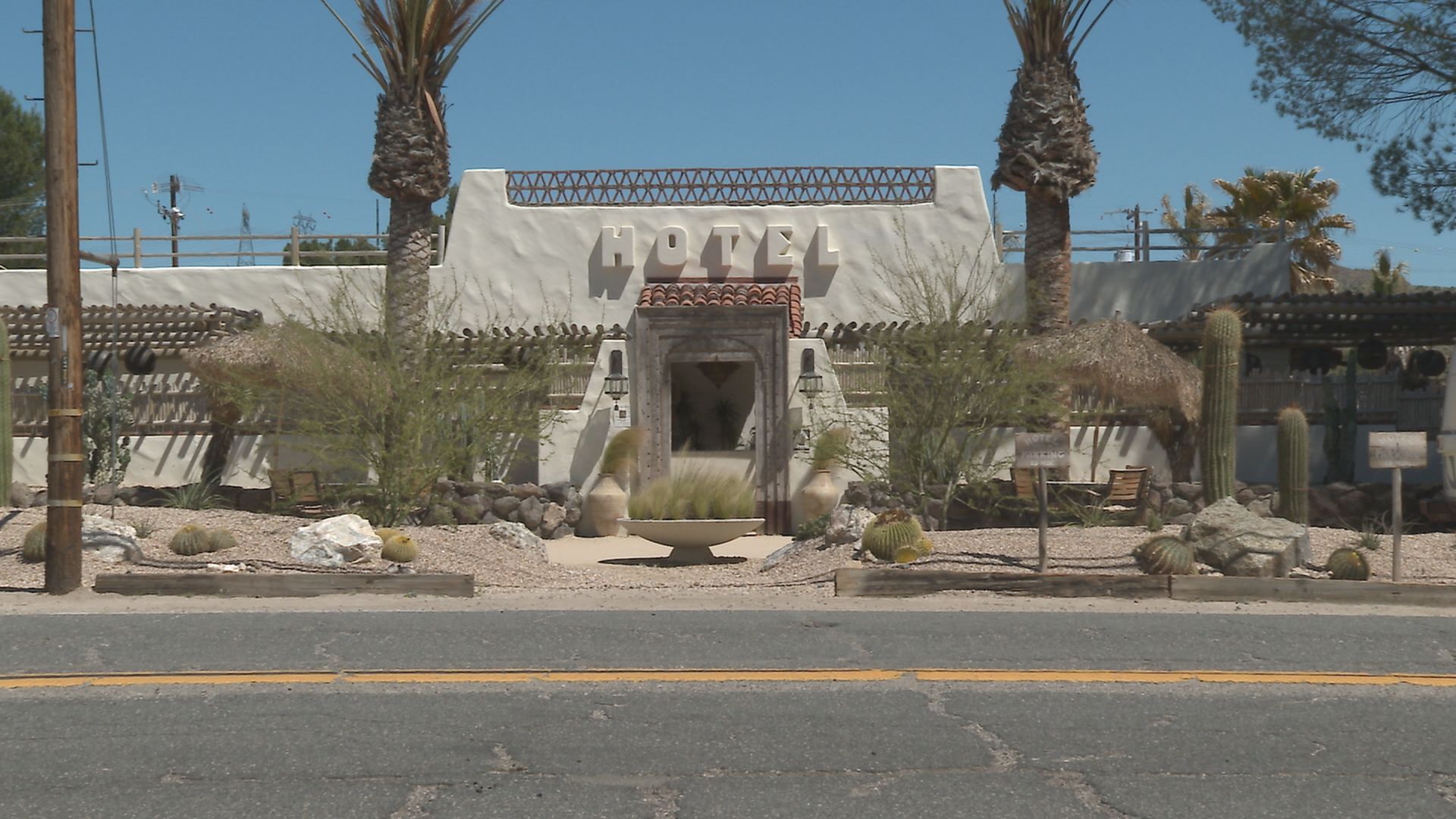Who knew a $105 million dollar loan would end up costing Poway taxpayers close to one billion dollars, and when did they know it?
Details on the deal cut by Poway Unified School District are now raising eyebrows across the nation after our media partner Voice of San Diego broke the story.
Poway taxpayers will not pay anything on the loan for 20 years. Then, after 20 years have passed, they will begin paying back the loan for another 20 years. During all that time, interest on the loan builds.
Over the forty years, the loan plus its interest will have grown to $982 million – about 10 times the cost of the original amount borrowed.
The District made the deal last year as part of Proposition C, approved by voters in 2008 as the final push to build and repair 24 aging schools in the district.
When voters approved Prop C, they were promised their property tax rates would not increase.
So how would the loan be paid back?
Local
They didn’t tell the voters how expensive the loan would be, said Voice of San Diego reporter Will Carless.
“There isn’t a single word in here,” said Carless, pointing to the 2008 ballot language, “about how they’re going to finance it or how much it’s going to cost.”
Even those writing in opposition to the measure didn’t realize what was in store, he said, and it was not made clear to voters either.
“We don’t know either when we put it on the ballot, how the financing is going to go,” said Poway Unified School District Superintendent John Collins. “Had we known, I would have certainly shared it with [voters].”
Collins and board member Todd Gutschow said when they pushed for the bond in 2008, they knew the interest rate would be high. But they didn’t know it would be as high as it ended up being.
“At the time we went out with the bonds, I was a little surprised and a little uncomfortable,” Gutschow said. “I’m still uncomfortable. In isolation, it’s easy to say it’s not a good deal, but overall if you look at the overall project, it is a good deal.”
Gutschow and Collins both said it’s important to consider the project as a whole, and not one bond on its own.
Prop C together with Proposition U, passed in 2002, gave voters $543-million-worth of renovations.
“What voters knew [was that] they would be paying a maximum of $55 dollars per $100,000 for the next 40 years,” Collins said. “They knew that, and that’s what they’re getting.”
In 2008, Prop C was endorsed by the San Diego County Taxpayers Association – which now opposes the use of bonds like these, according to a statement released Tuesday following the investigation.
“If we had known what we know now, we would have been able to prevent that by helping them shed light and by encouraging them to take a different path,” said Lani Lutar, SDCTA president.
So why didn’t the SDCTA know about the bond’s financing plan?
“Bottom line: It’s only been in recent years that school districts have been using this new financing instrument,” Lutar said.
The warning bells only began to sound last year, when school districts such as Poway’s captured attention by financing such big money, said County Treasurer and tax collector Dan McAllister.
“When somebody comes out of the chute with such a high number, it instantly causes the radar and antenna to shoot up of people who ask questions,” McAllister said. “In this case, they should have and they should continue to ask questions.”
Follow NBC7 for the latest news, weather, and events: iPad App | iPhone App | Android App | Facebook | Twitter | Google+ | Instagram | RSS | Text Alerts | Email Alerts



